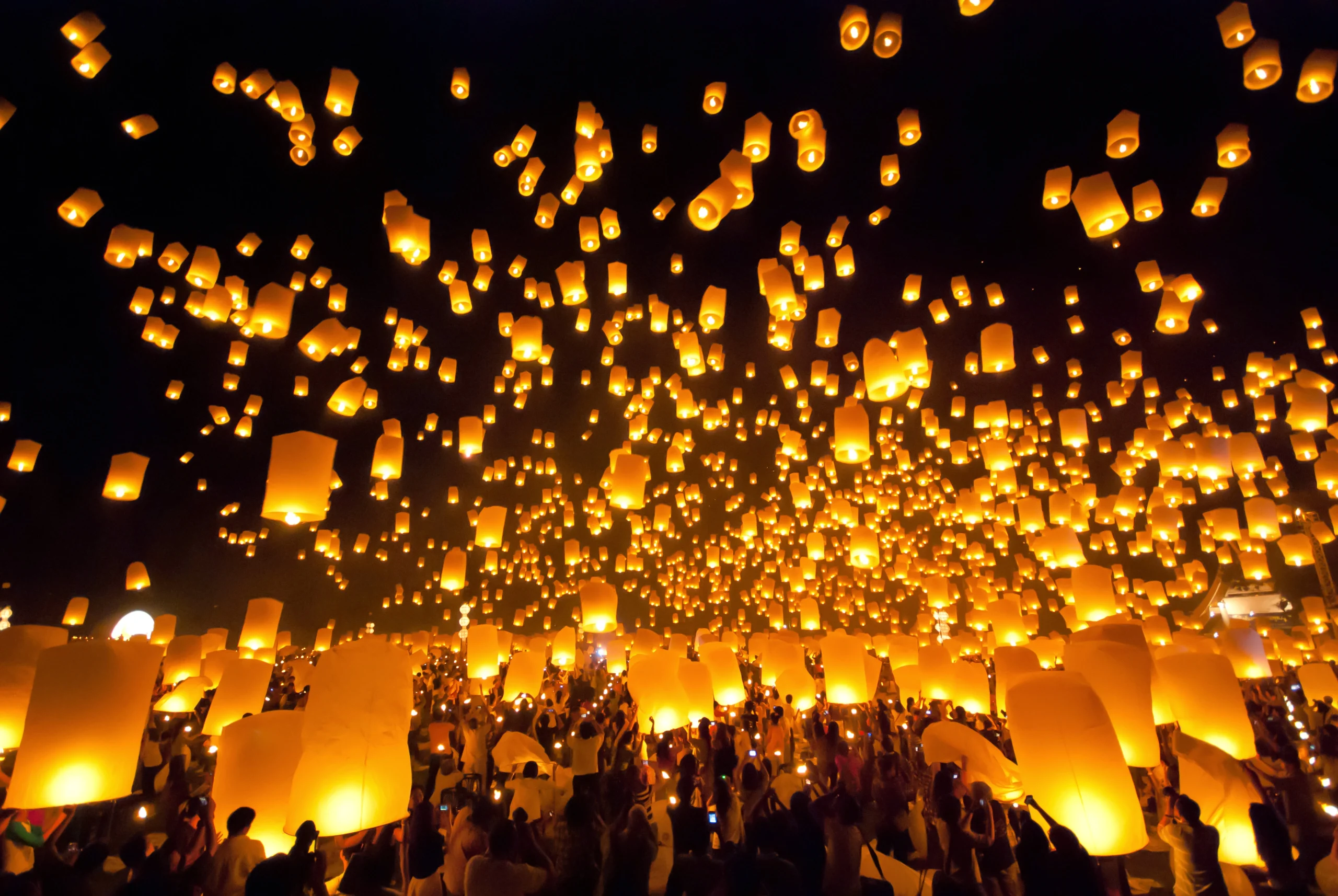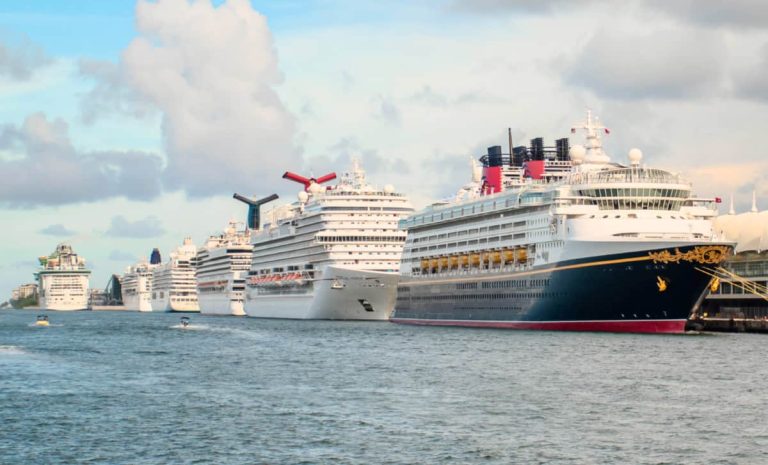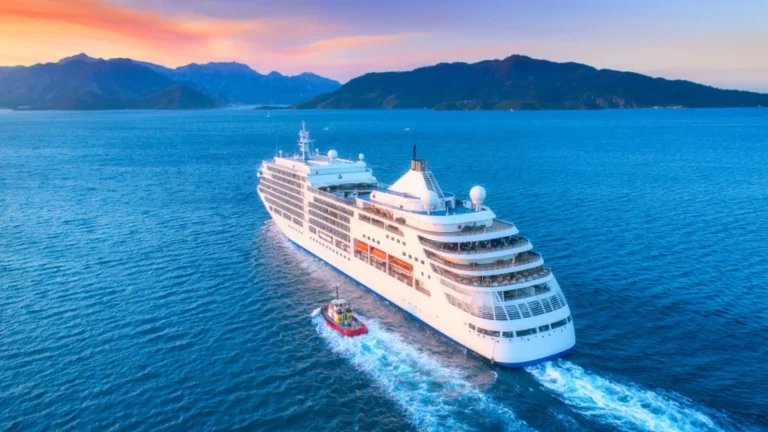Cultural Festivals in Southeast Asia You Should Not Miss
Have you ever wondered what it feels like to be part of a festival where the streets come alive with music, dance, and colors? Southeast Asia is home to some of the most exciting cultural celebrations in the world, offering visitors a fair and best chance to witness centuries-old traditions while experiencing the warmth and hospitality of the locals. Whether it’s a water fight that takes over an entire country, a lantern-lit sky that looks like a dream, or an extravagant parade showcasing heritage and history, these festivals make for unforgettable memories.
For travelers who want to explore these celebrations without worrying about connectivity, a Southeast Asia tourist esim provides seamless communication and access to travel resources. If you’re planning a trip to this vibrant region, here are some must-see cultural festivals to add to your list.
Songkran – Thailand’s Ultimate Water Festival
If there’s one festival in Southeast Asia that guarantees fun and excitement, it’s Songkran in Thailand. Celebrated every April to mark the Thai New Year, Songkran is famous for its nationwide water fights. Locals and tourists alike take to the streets armed with water guns, buckets, and hoses, drenching anyone in sight. While the festival is a lighthearted celebration today, it has deep cultural roots—traditionally, pouring water symbolizes cleansing away bad luck and welcoming a fresh start.
Bangkok and Chiang Mai are among the best places to experience Songkran, where streets turn into massive water battlegrounds. Many temples also host traditional ceremonies, allowing visitors to witness the spiritual side of the celebration. Whether you’re dancing in the streets soaked from head to toe or watching monks offer blessings, Songkran is an unmissable event for those looking to experience Thailand’s culture in the most interactive way possible.
Thaipusam – A Powerful Spiritual Experience in Malaysia
For a festival that blends devotion, endurance, and grandeur, Thaipusam in Malaysia is one of the most intense celebrations in Southeast Asia. Held mainly in Kuala Lumpur’s Batu Caves and Penang’s Waterfall Temple, this Hindu festival honors Lord Murugan. It is best known for its awe-inspiring rituals, where devotees carry elaborate structures called kavadis, often pierced into their bodies, as an act of faith and penance.
The festival begins with a long procession, where thousands of worshippers walk barefoot, chanting prayers and offering milk to the deity. The sight of the brightly dressed pilgrims, the rhythmic drum beats, and the spiritual energy make Thaipusam a moving and unforgettable festival. While it might not be for the faint-hearted, it offers a deep insight into the religious traditions and unwavering faith of the Tamil Hindu community in Malaysia.
Loy Krathong – Thailand’s Magical Lantern Festival
Imagine standing by a river at night, watching thousands of small, glowing lanterns floating across the water. Loy Krathong, celebrated in Thailand every November, is a festival of light and gratitude. People gather at lakes, rivers, and canals to release beautifully decorated floating baskets called krathongs, made from banana leaves, flowers, and candles. This act is a way of thanking the water spirits while letting go of negative energy from the past year.
In Chiang Mai, Loy Krathong coincides with Yi Peng, a festival where thousands of sky lanterns are released into the night, creating a breathtaking display of floating lights. Seeing the sky and water filled with glowing lanterns is a mesmerizing experience that attracts visitors worldwide. With a Southeast Asia tourist esim, travelers can instantly capture and share these magical moments with friends and family, ensuring they never miss a moment of this unforgettable festival.
Sinulog – The Grandest Festival in the Philippines
The Philippines is known for its vibrant festivals, but none is as grand as Sinulog in Cebu. This religious and cultural event honors the Santo Niño (Child Jesus) every January with a massive street parade featuring colorful costumes, traditional dances, and lively drumbeats. The highlight of Sinulog is the grand procession, where thousands of devotees march through the streets carrying statues of Santo Niño, chanting prayers, and waving banners.
The festival is not just about religious devotion—it’s also a time of celebration, with parties, concerts, and street performances that last all night. Visitors can join the fun by dancing along with the performers or indulging in Cebu’s famous street food. Sinulog perfectly combines faith, history, and festivity, making it one of the best cultural experiences in Southeast Asia.
Nyepi – Bali’s Day of Silence
While most festivals are known for lively celebrations, Nyepi in Bali is the opposite. This Balinese Hindu New Year, also known as the Day of Silence, is a time for reflection, fasting, and meditation. For 24 hours, the island comes to a standstill—no work, no travel, no entertainment, and even the airport shuts down. Locals and tourists must stay indoors and maintain silence throughout the day.
The day before Nyepi, however, is anything but quiet. The streets are filled with giant, colorful demon effigies called ogoh-ogoh, which are paraded around before being burned to drive away evil spirits. The contrast between the chaotic celebrations and the complete silence of Nyepi is a unique experience that offers visitors a chance to reset, relax, and embrace Bali’s spiritual traditions.
Final Thoughts
Southeast Asia’s cultural festivals are more than just celebrations; they are windows into the region’s history, beliefs, and way of life. Each festival offers a different experience, whether it’s the exhilarating water battles of Songkran, the spiritual devotion of Thaipusam, the dreamy lanterns of Loy Krathong, the lively energy of Sinulog, or the peaceful reflection of Nyepi.
For travelers eager to explore these events without the hassle of finding local SIM cards, a Southeast Asia tourist esim is a convenient way to stay connected. With seamless access to maps, guides, and instant updates, travelers can focus on enjoying the festivals and capturing their best moments. Whether you’re seeking adventure, spirituality, or cultural immersion, these festivals ensure your Southeast Asian journey is filled with unforgettable experiences.







